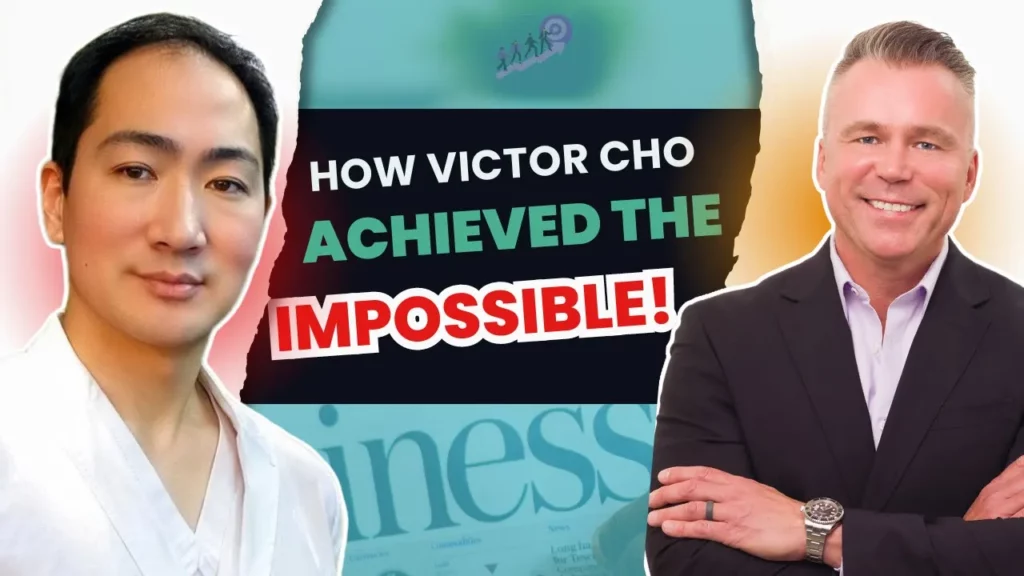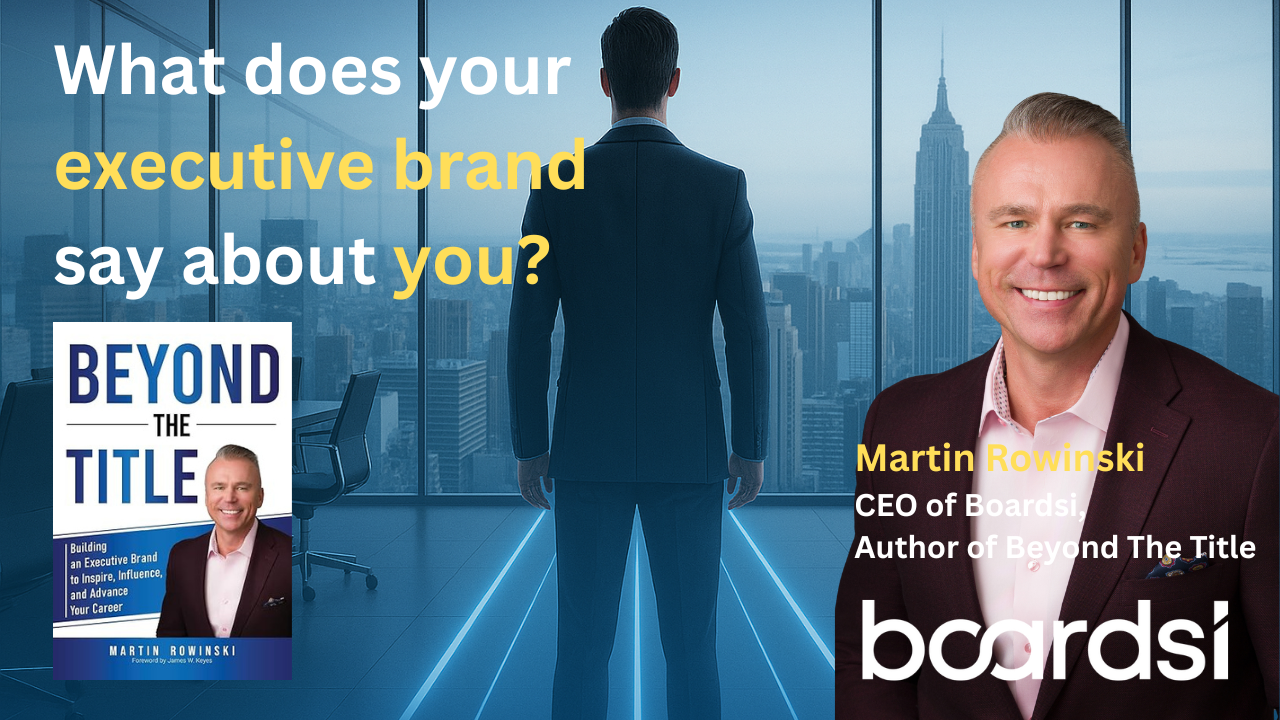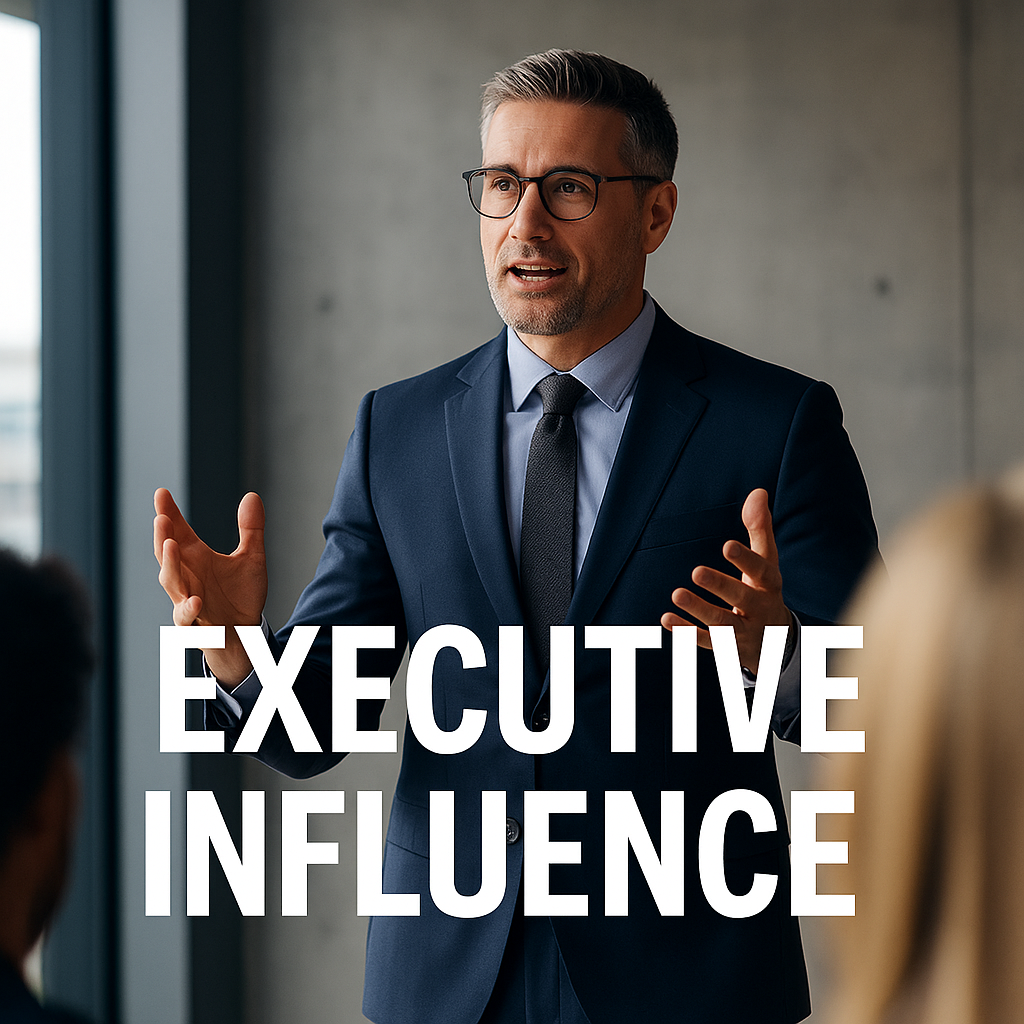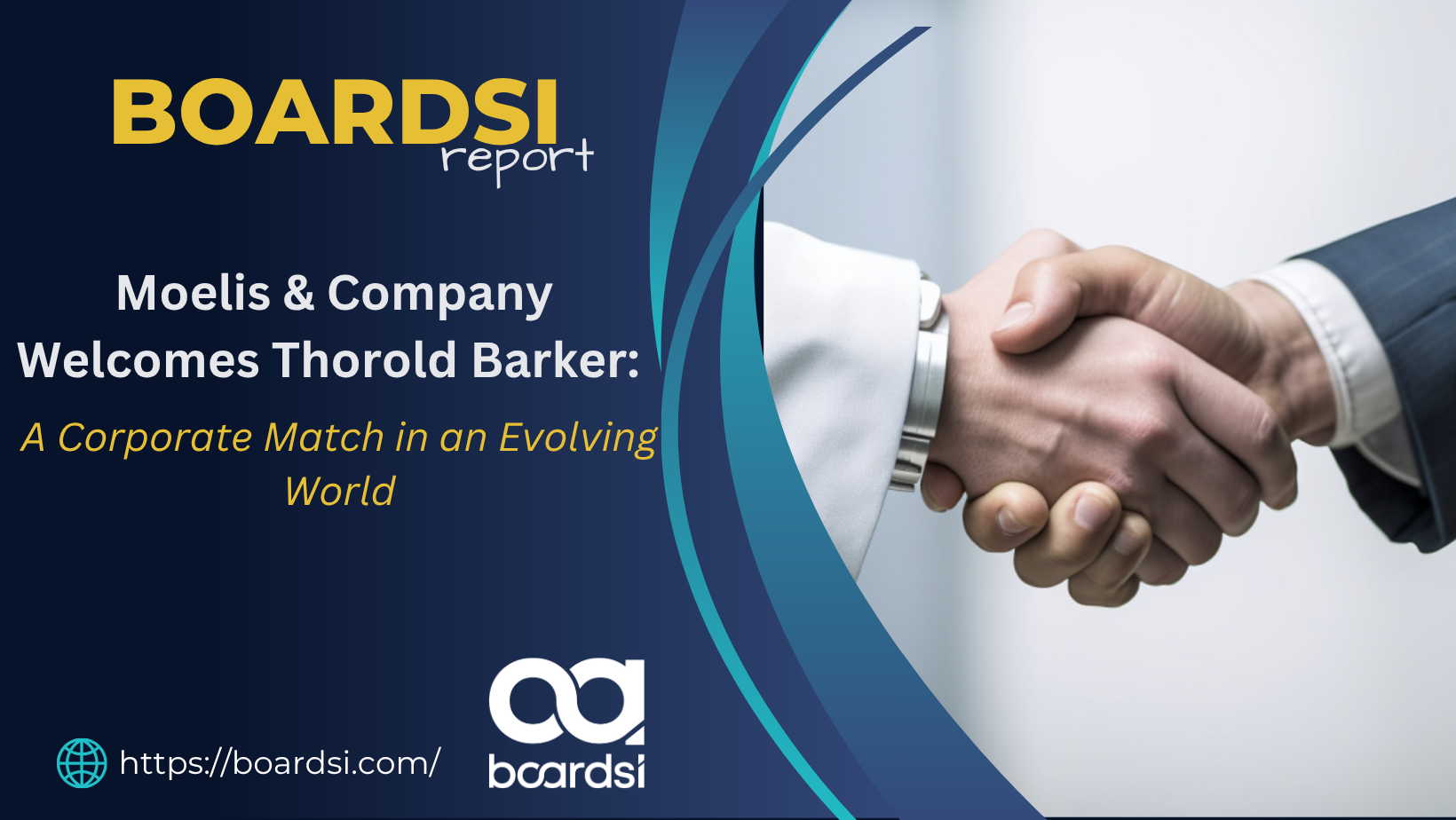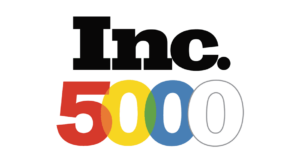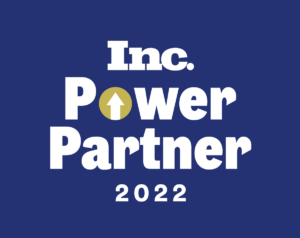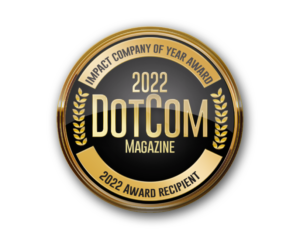Welcome to another episode of Leadership Talks, where we delve into the journeys and insights of today’s most inspiring leaders. I’m your host, Martin Rowinski, CEO of Boardsi, and today we have the pleasure of speaking with Victor Cho, a seasoned CEO, advisor, and board member with a deep passion for creating exceptional online customer experiences. Victor is known for his leadership grounded in transparency, empathy, diversity, and integrity. He has a remarkable track record of driving business transformations and advocating for a four-stakeholder focus, ensuring companies are accountable to employees, customers, shareholders, and society at large.
Victor Cho’s Leadership Journey
Victor’s journey is nothing short of inspiring. From a high school student with a dream of becoming a CEO to leading major turnarounds at companies like Kodak and Evite, his path is a testament to the power of vision and resilience. Victor shares, “I was a weird kid in that when I was just in high school, I knew that I wanted to be a CEO. I didn’t even know it was called a CEO because I grew up with very humble means.”
Transformative Leadership at Kodak and Evite
Victor’s leadership style has evolved significantly over the years, shaped by his experiences at various companies. He highlights the importance of setting realistic goals and being prepared for the worst-case scenario. “Build for the most pessimistic version of the plan, which is really hard, but you’re going to go through that pain anyway,” he advises. This approach was particularly crucial during his time at Kodak, where he led a double turnaround amidst the company’s broader transformation.
At Evite, Victor deployed the Net Promoter Score (NPS) system to measure and improve customer satisfaction. “The engine in some ways is very simple. It’s at the core of it. You just have to talk to and listen to your customers and understand what’s creating that amazing experience for them and let’s double down and triple down and find more things like that,” he explains. This relentless focus on customer experience helped stabilize the business and drive significant improvements.
Emovid: The Future of AI-Enhanced Communication
Victor’s latest venture, Emovid, is an AI-enhanced video messaging platform designed to foster authentic communication in business. He believes that AI will have a foundational impact on society over the next 10 to 20 years. “Emovid is bringing AI-enhanced video messaging into business. We want to put a professional video shoot at your fingertips instantly,” he says. Emovid aims to make video messaging seamless and professional, allowing users to connect face-to-face in authentic ways.
Balancing Stakeholder Interests
One of Victor’s key leadership principles is the four-stakeholder focus, which ensures companies are accountable to employees, customers, shareholders, and society at large. He emphasizes the importance of treating society as a stakeholder and operationalizing this approach. “The fourth stakeholder framework is just an operational playbook to treat society at large as a stakeholder. Measure, figure out what’s important for your business, prioritize and measure,” he explains.
Top 3 Quotes from Victor Cho
- “I was a weird kid in that when I was just in high school, I knew that I wanted to be a CEO. I didn’t even know it was called a CEO because I grew up with very humble means.”
- “Build for the most pessimistic version of the plan, which is really hard, but you’re going to go through that pain anyway.”
- “Emovid is bringing AI-enhanced video messaging into business. We want to put a professional video shoot at your fingertips instantly.”
Conclusion
Join us as we explore Victor’s unique approach to leadership and innovation, and gain valuable insights into creating impactful customer experiences and navigating the complexities of modern business. Victor’s journey and his latest venture, Emovid, offer a wealth of knowledge for aspiring leaders and entrepreneurs.
Martin Rowinski (00:03.908)
Welcome to another episode of Leadership Talks, where we delve into the journeys and insights of today’s most inspiring leaders. I’m your host, Martin Rowinski CEO of Boardsi and today we have a pleasure of speaking with Victor Cho, a seasoned CEO, advisor, and board member with a deep passion for creating exceptional online customer experiences. Victor is known for his leadership grounded in transparency,
empathy, diversity, and integrity. He has a remarkable track record of driving businesses transformations and advocating for a four stakeholder focus, ensuring companies are accountable to employees, customers, shareholders, and society at large. Join us as we explore Victor’s journey and his unique approach to leadership and innovation. Welcome, Victor.
Victor (01:01.858)
Martin, such a pleasure. Pleasure to be here.
Martin Rowinski (01:03.654)
Awesome. I’m so excited. Obviously, I dived into your LinkedIn and your experience and overwhelming.
Victor (01:13.77)
No, no, it’s not. Now I’m embarrassed after you were reading that. I’m like, wait, huh?
Martin Rowinski (01:17.324)
Well, you started obviously as a entrepreneur, you were doing some consulting, but then you just had a spike. mean, Kodak, large, large, Microsoft and on and on. How did your journey began? Like what was your leadership style back then versus now? How did you grow?
Victor (01:39.956)
Yeah, so you know, it’s funny. I was a weird kid in that when I was just in high school, I knew that I wanted to be a CEO. So was very lucky. Most people when they’re young, they have no clue at all what they want to go do. I didn’t even know it was called a CEO because I grew up with very humble means. But my favorite book was Lord of the Rings.
Martin Rowinski (01:55.029)
You
Victor (02:06.89)
in that book, it was clear to me, like I loved the strategy involved in like the battle scenes that always, I was like, that’s so cool. Like to mobilize resources and try to do something. Like I want to be the general. So I want it to be like the general of computers. Cause the other thing that happened, and this is a lot, yeah, cause I’m super old, but the personal computer basically showed up when I was in high school, junior high school, and I managed to get my hands on one. I was like, my God, this is the most amazing thing on the planet.
So that was it. was like, I want to be the general of computers. It wasn’t until college that I figured out that was called the CEO. But now in terms of my journey, I’d say it was, my leadership style of course evolved over the years. Every company, I think you pick up something, you take a little bit of it with you, kind of rounds out your toolkit. But I say my most formative leadership experiences were…
Martin Rowinski (02:33.021)
You
Victor (03:02.936)
I’d say earlier on, they were at Microsoft for sure, which was one of my first corporate experiences. And Intuit was another really big one. I’d say if I just grabbed those two, then you’re probably getting 90 % of what I am today.
Martin Rowinski (03:19.188)
And obviously I’m going to take a wild guess. Jeffrey connection came from when you were at Kodak.
Victor (03:26.338)
That’s right. Yes. Yes. A good friend, Jeff Hazlett, he was the CMO there. I had just taken my first CEO role. Kodak was interesting because I joined them when they were going through their huge turnaround. And then I was running their online business, which was also in need of a turnaround. So it was a double turnaround, which was by design because at that point in time, I actually hadn’t experienced what a turnaround was like and I wanted to understand what is it like to run a business that needs turnaround?
And yeah, no, he and I hit it off and he was one of my favorite folks over at Kodak by far. Yes.
Martin Rowinski (04:02.636)
a great guy, he’s a great guy for sure. Since you brought up turnaround, you’ve successfully led major turnarounds at companies like not only Kodak, but also Evite. What are some of the biggest challenges you faced during these transformations and how did you leverage analytics, network business models, and recursive leadership engines to overcome them?
Victor (04:29.708)
Yeah, so turnarounds are a very strange animal. You know, it’s funny. going back to my first comment, if I knew that I wanted to run and be a CEO, my leadership journey, my learning journey was all about finding learning opportunities. And so what that means is I never went for a title or a salary. I always just looked for where am I going to get the most interesting learning?
So I did big company, small company, startup. As I mentioned, when recruiters came and brought me the Kodak opportunity, was like, turnaround is important. I haven’t experienced that. And so one comment is every business that’s at a different lifecycle has a very different need for leadership in terms of what the business needs and how you operate it.
Yeah. It was one of my key epiphanies is like a lot of, a lot of executives have one toolkit. Maybe they’ve been at one place. They’ve seen a hyper growth company. Right. And now they try to apply that everywhere. And I’m like, well, no, you know what? It’s you’re, you’re in a completely different environment when your stock is decelerating and people are scared. And it’s like, you know, how you manage and mobilize folks can radically change. So I’d say that, you know, going back to your questions, maybe I’ll just pick one or two key learnings. One big one.
that was clear to me is most entrepreneurs are kind of optimistic. Most leaders, I think, are fairly optimistic, right? And so they want to come in and they put their plans in place and they’re like, no, this is going to turn the ship around. And then they’ll build a plan based on that success. So Kodak, as an example, right? Kodak had a brilliant plan to diversify its business, right? Cause film was going away and it was going to launch entire new business lines. The people that came in to help turn Kodak around had built.
the HP printer business, and I don’t know for folks that are not familiar, the HP printer business was probably one of the top five most profitable, fastest growing businesses ever created at the time. So these are no slouches, right? mean, and they had a great plan. They’re like, hey, we’ve got all this technology, right? We understand ink, et cetera. And so, they built their plan with the assumption of growth, but that growth just didn’t come fast enough. so…
Martin Rowinski (06:39.015)
Thank
Victor (06:53.452)
Business got stuck in a cycle where it just had to continually reset and reset. And that was just so demoralizing for the employees because it was just a never ending constriction. In retrospect, what would have been much more effective, and I’ve seen CEOs that do this, is you come in and you you build for the worst case scenario and you assume that your plan’s not gonna work, but that you’re still in good shape and that you don’t have to keep.
cutting and decreasing. that was one key learning, right? Is build for the most pessimistic version of the plan, which is really hard, but you’re gonna go through that pain anyway. Worst case, you’ve overcut and you just get to hire people back faster, but that’s way better than a perpetual cycle of downsizing. Yeah, so there’s a couple of nuggets I think in there. Don’t be so optimistic about your plans until they actually happen.
Martin Rowinski (07:44.107)
Hahaha
be a little bit more realistic.
Victor (07:49.194)
Yeah, yeah, no, even pessimistic, right? said even pessimistic, I’d say. Yeah.
Martin Rowinski (07:52.918)
Ha ha ha!
Yeah, no, I get it. You’ve also been very instrumental in creating online customer experiences that truly delight users. Can you share some key strategies or principles that have guided you in achieving such high levels of customer satisfaction, especially with like a net promoter score of 80 plus?
Victor (08:19.416)
Yeah, now for those listeners that aren’t familiar, Net Promoter is probably considered one of the best, at least from my perspective, one of the best measures of customer experience, whether you’re delivering a really delightful experience. And just two seconds of background, the way you calculate it is you, I’m sure people have seen this question on a gazillion websites, right? It’s like, would you recommend this product or service to a friend? So it’s a very simple question. And you take the people that answer that at nine or 10, which are called your promoters, and you subtract out.
people that score a zero through six, which are called your detractors. And then you come up with, you end up with a score somewhere between negative hundred and positive 100, right? So for you to get a positive 100, if you think through that math, that means 100 % of people need to rate you a nine or 10, and nobody has rated you a zero through six in terms of recommendation. So it’s very hard, but world -class companies, so like Amazon and Apple, these guys operate in the world of 80 plus net promoter.
Martin Rowinski (08:58.411)
You
Martin Rowinski (09:10.422)
Pretty much impossible.
Victor (09:19.416)
I was blessed I got to work a little bit with the founder of that, Fred Reich, early on. And so I’ve always deployed that at my companies. And yeah, my goal was to get it up to 80, which takes so much effort and so much time. But the engine in some ways is very simple. It’s at the core of it. You just have to talk to and listen to your customers and understand what’s for the people that have a nine or 10 like
what’s creating that amazing experience for them and let’s double down and triple down and find more things like that. And this is the hard part. For all of the zero through sixes, because for most businesses when you start, you’ve got like a negative net promoter, you’ve got all these people in the zero through six. And it’s like, well, what’s wrong? And the list of things that’s wrong is like a hundred, 500 things. And you’re like, God, do I, you know, I want to go build the shiny new thing. I don’t want to go fix that piece of the form that’s broken.
Martin Rowinski (10:10.39)
You
Victor (10:12.972)
And so it takes diligence to like, really have to do embrace that mindset of, you can’t have these horrible experiences even though they’re not sexy. Like you got to fix those detraction points. so, Evite’s a great example. When I first joined Evite, that’s one of the first things we did is we deployed Net Promoter. It actually had an okay Net Promoter in some areas. Some products had a negative score. But that was literally the thing that stabilized the business for us over about two years is we just slogged away.
at that list of 300, 400 things. It’s like, well, your mobile website doesn’t work. I’m like, OK, we’ve to go fix that. Six months later, OK, now what do we do? your mobile apps don’t work. I was like, when do we get to go build this exciting thing? It’s like, no, you’ve just got to fix that. You’ve got to fix the basics.
Martin Rowinski (10:52.726)
What’s next?
Martin Rowinski (11:02.068)
Yeah, that’s the balance, right? You got a list of new tools you want to deploy, but got to concentrate on what’s not working. It’s always a tough balance. Let’s talk real quick about the four stakeholder focus, ensuring companies are accountable to employees, customers, shareholders, and society at large.
Victor (11:09.912)
Mm
Martin Rowinski (11:23.914)
How do you balance these sometimes competing interests and can you provide an example of how this approach has benefited a company you’ve led?
Victor (11:33.292)
Yeah, so the framework at a high level, I’m a big framework guy. And actually for the last couple of decades I’ve published just for like open source, creative commons license, a whole bunch of my foundational frameworks for managing and running businesses. So those are all up on my website. But I find framework super valuable in taking the complexity of the world and making it like a little bit more actionable. And so this fourth framework,
This fourth stakeholder framework that you described is something that kind of came to me over the last five or six years, and I really codified it in 2022. And the gap that I was addressing was at that point in time, I could see all of my fellow CEOs managing their businesses. were starting to, in general, were starting to take what I’d call a balanced stakeholder view of running their businesses, meaning they weren’t just trying to create money for share.
They were truly worried about their employees and building a great culture. they were truly worried, speaking of that promoter, they were worried about their customers. yeah, I’d say, and I’d say a lot of people are in this boat now, they’re balancing these three stakeholders, which is freaking hard work, just balancing three as a CEO. I actually think it’s one of the hardest things you do, maybe the hardest thing you do is balance the stakeholders because there’s trade -offs. It’s like, do we make less money so we can pay the employees more? Do we?
Like, we make the employees do all this work that the customers want that they don’t want to do? So that trade -off is hard. Where I saw the industry at a high level failing is this idea of treating society as a stakeholder. especially in last, I’d say the last 10 years, it’s gotten particularly stressful for CEOs because you’re barraged with all of these societal issues that they sound important.
whether it’s diversity or diversity, inclusion, or the environment. literally, you could have hundreds of things that a different faction of your employee base says, this is important. And there was no frame to operationalize that. How do you deal with that? It’s impossible. So the fourth stakeholder framework is just an operational playbook to treat society at large as a stakeholder. Measure, figure out what’s important for your business, prioritize and measure. Kind of like Net Promoter.
Victor (13:53.321)
In fact, that was my inspiration. Kind of the way Net Promoter takes the complexity of all of your customer issues and just gives you an engine. I wanted something for companies for the societal piece. So long answer, but that’s kind of what the framework is. Going back to your question, how do you balance it? That’s very hard, right? It’s very hard because a lot of times, just like any other stakeholder, the things that you’re doing that are societally impactful.
might be at odds with your shareholders or your customers. The clear and obvious example over the last decade has been the social media companies as an industry, I would argue have absolutely neglected their social responsibility to understand the impact of their technologies. Again, as an industry, you can pick on individual companies, but it’s really the collective. They do not understand what their technology is doing.
to the world, to the psychology of people, to teens, to depression, and there are clear correlation signals, right? So they have a responsibility to go figure that out. And they haven’t done their diligence from my perspective in the way that they should. But yeah, going back to your question, for me, now at this point, it’s just ingrained in how I operate. It’s just in the same way that I’m always thinking about.
well, what’s the dashboard for my customers, for my employees? Like I think about, is my business creating harm? Is it damage? Like, and how do I mitigate that? And so it’s just part of my operating engine, if that makes sense.
Martin Rowinski (15:27.724)
Yeah, no, makes 100 % sense. Let’s dive into, know you’re right now working remotely. normally you’re in Silicon Valley, correct?
Victor (15:41.046)
That’s right. That’s right. live out of the hardest Silicon Valley, basically.
Martin Rowinski (15:45.132)
And now you’re in UK. So enjoying your time there. But during all this and I know you’re part of our network at Boardsi but you kind of took a break and now you dived right back in and you got a new company, Emovid, which I would love for you to talk about because I think people need to know about it. I know you have a wait list right now, but talk a little bit about that because it is
I love it. So I started using it little bit more today. So yeah.
Victor (16:17.752)
No, Excellent. No, no, thank you Bart. No, this is, you know, so, you know, so was running Evite for seven, eight years and then went to go figure out what do I want to go do next? This fourth stakeholder framework was instrumental, right? I wanted to do something that I could really point to as an example of, look, this is how you scale a business effectively while balancing all the stakeholders, including society. And it was…
clear to me, know, a little over two years ago that the business arena that I needed to do this in was around AI. Because, you we can have a whole separate discussion around like the foundational change that AI is going to have on the society over the next 10 or 20 years. That’s one of the keynotes I love to give is the business impact of AI. I am on the end of the spectrum that says this is going to be one of the biggest things ever in terms of behavioral change.
Martin Rowinski (17:02.753)
Yeah.
Martin Rowinski (17:14.412)
you
Victor (17:17.172)
At the same time, it was clear to me, wow, this is going to have some of the most onerous, what I call second order impacts of businesses. We’re going to start pushing technology out. And it might seem like it’s doing a good thing on one hand, but then on the other hand, what are the downstream effects for the society? And have we thought these through, put the controls in? So with that as the background, what a Movid is at a very high level, it’s very simple. A Movid is bringing AI enhanced video messaging into business.
So video messaging, meaning not video conferencing real time, but video back and forth. And the AI enhancement piece comes in because one of the reasons that people, I would argue 99 .9 % of people listening to this have probably never sent a video message in the context of business before. No one has ever built the platform to enable that and make it work within business and make it professional. And so we’re doing that. We’ve done that. And the AI has a lot of different
impacts within that experience, some of which are to make you feel comfortable with how the video looks. We describe this as, we want to put a professional video shoot at your fingertips instantly. So I’m in a hotel room now, but I’ve sent out probably 30 Imovid videos from my hotel room because I throw up a animated background with the Imovid logo and adjust the lighting.
I apply a tiny bit of algorithmic facial smoothing and I’m like, wow, it’s basically like digital makeup. I’m like, okay, I feel good. I feel good about my business video that’s going out. So yeah, that’s the product. It allows you to very quickly record a message. And then the coolest thing also, which nobody has done is it allows for the back and forth, right? And you’ve seen this, Martin, and we’ve traded, right? So I can send, you can send anyone on the planet a message and they can instantly respond. They don’t have to download anything. There’s basically zero friction.
In a lot of ways, we leveraged a lot of the workflows of EVITE in that. EVITE has a similar model, which is like a cross -platform kind of agnostic tool. So that’s the product at a high level. The value it brings is, in some ways, going straight to the fourth stakeholder dynamic. The value it brings is it’s going to help people.
Victor (19:35.756)
connect face to face in authentic ways. So the authentic communication that we’re maintaining is so important. If you get a message from a Moby, you’re like, that’s Victor. I know that’s Victor. We actually have an authenticity seal that says, that’s him. That is, he might have applied a little bit of facial smoothing, but you can feel that that’s not a deep fake, right? That is him smiling or being goofy or whatever it is. yeah, well, AI enhanced, right? But authentic. Exactly.
Martin Rowinski (19:57.642)
No way I.
Martin Rowinski (20:01.608)
Enhanced but not AI. But the video is authentic. Yes.
Victor (20:05.772)
Bingo, bingo, it’s not that, you there are a bunch of these companies that are building things that gonna create avatars that are gonna try to fool you into thinking that’s Victor or Martin speaking. like, these, I was thinking, these are horrible. Like, why are we building this, right? And putting these out into market? Because one thing I tell all CEOs is like, think about your business in the limit, in the limit of success. Like what happens to the world? I’m like.
the limit of success where everyone’s using fake avatars to communicate. like, that okay? If that’s not a good world, then that means you have a second order impact that’s not good somewhere in your auto. You should really think about that. So no, it’s really important, this need for authenticity, this defense of authenticity in the world is going to be, I think, one of the most important battles that get fought.
over the next 10 or 20 years as this wave of AI and fake communication flows through. And it’s funny, the society is feeling it. back, I think just last year, it was 2023, or the Miriam Word of the Year, right? So this is the dictionary where they track like where’s the most energy is authenticity. Because people are thinking like, what’s going on with this AI? Like, who’s writing these emails? Is this even from Victor? So, yeah, authentic.
Stay authentic, stay human. These are hashtags that we’ll be using in our marketing. Keep it human.
Martin Rowinski (21:30.284)
No, 100%. And I want to add also you limit the message down to two minutes. So obviously, no one should be expecting receiving a video and sitting there listening to it for 10 minutes trying to get through a video. But at the same time, if somebody doesn’t want to watch the video, you also transcribe the video down into a text.
You can read a text if you prefer reading and not listening. But the two minutes I think is great because you can say quite a lot in two minutes that you probably would have spent 10 minutes typing out. So it’s a time saver.
Victor (22:10.313)
That is exactly right. It’s so funny how much, I actually think there’s these pockets of massive worldwide inefficiency that just bug me and email is one. So there’s about four and a half billion emails that are sent in business. The average person, and you got the numbers exactly right, Martin, like I think your intuition’s spot on. The average person spends about three to four hours in their email a day in business and their average typing speed.
is around 30 to 40 minutes when you include the fact that you’ve got to stop, you’ve got to compose, you’ve got to edit, right? The average speaking speed is 175 words. It’s like 4X, 5X, right? And so just by moving what, know, instead of sitting there and spending 10 minutes typing that email and trying to get all the tone right, and it’s like, do I have it right? Like with a Mobi, you click a button, you record a message in two minutes and you send it, and you’ve just saved eight minutes. And that adds up insanely.
I save right now because we have a tracking system in the product about 10 hours a week, which is crazy. It’s like 25 % of a week have come back to me, right? And it’s more emotive, right? The communication itself is more impactful because it comes to your point. it’s funny. We call ourselves a video messaging platform, but this was so critical to cracking this open for business. The recipient of the video message gets the video, the audio, an AI summary.
We just added literally today the AI summary of the action items and requests, a full text transcript, which is localizable in 60 languages. And so it’s funny. People ask me like, well, do you care if they don’t watch the video? I’m like, no, no, that’s the design, right? The design is to give the speed of the sender and all the emotion. And now the recipient gets to determine, this a message that I want to scan, read? Do I need to see the emotion? Do I want to hear?
And it’s funny, in my own behavior when I’m getting messages, I probably read the transcript of half and then there’s half where I say, God, I really want to hear Martin’s voice because this is like an important message, right? Or is it like, it’s like, is that what he really means? Is he mad when he says that? Let me listen to it, right? Yeah. But yeah, no, it’s.
Martin Rowinski (24:09.327)
So annoying.
Martin Rowinski (24:16.14)
Yeah. Yeah. that’s sorry, but that’s so true. You just brought up something I didn’t even think about because I mean, text messages are famous for starting arguments because you can’t hear the emotions when you’re reading stuff. So you could be just saying something, but it came across on the other side, totally different. So, yeah, hearing it is game changer. And then also seeing a facial expression is a game changer.
Victor (24:31.362)
Yes. Yes.
Martin Rowinski (24:45.948)
I you’re on track and I love the fact that you’re translating obviously the text, not the video yet, but you’re translating, which is, you know, yes, we can all use Google Translate and copy and paste, but this simplifies it. It’s right there. It’s translated.
Victor (25:03.288)
Yeah, no, it’s crazy because it’s support for 60 languages. You can literally now talk to anyone in the world and they can talk back and you can just go back and forth. Going back to this AI enhanced, a bunch of these things are all because of the massive improvement in AI services that are available. So I’ll call out something incredible. It seems incredibly simple when you describe it to someone, which is, can you take…
Martin Rowinski (25:12.0)
Yeah.
Victor (25:31.018)
a video, get a transcript and create a short succinct summary that’s accurate of what that video is about. That was an impossible problem before the large language models. There is no coder on the planet that could have done that. And that is so critical to the experience that we’re creating because again, you want to be able to get a message and say like, what’s this about? Pre the LLMs, you would have gotten even a two minute video and it was like, do I want to deal with this?
Translation, another example, an AI -based service, calling out action items, which is so cool. We just launched this today. So you get the message, like, here’s the three things that Martin’s asking about. So it’s synthesizing it for you, taking a lot of that work out, but still keeping it authentic. And all of those things were impossible before, the last 18 months, basically.
Martin Rowinski (26:25.164)
That’s awesome. looking forward to your 100 % launch of the product. Super exciting. While you’re in UK, are you traveling anywhere? Have you visited any other country?
Victor (26:39.254)
Yeah, so it’s funny, I’m working out of the UK. I just tacked this onto our family trip. my family went to, we were in Germany. So we were actually Amsterdam, Hamburg and Berlin. And then my youngest daughter had a camp in England. And so instead of flying back and forth and back and forth, I just decided I might as well just, so yeah, no, I’ve hit like four completely random towns in the south of UK, like a beautiful Roman town called Bath I’d never even heard of.
Martin Rowinski (26:44.652)
you
Victor (27:08.12)
like, my God, was gorgeous. Roman ruins, like beautiful Roman ruins. So now it’s been super fun. It’s one of the awesome things about being able to work remotely and having a distributed team.
Martin Rowinski (27:15.349)
That’s us.
Martin Rowinski (27:19.872)
Yeah, that’s awesome. Well, I hope you enjoy the rest of your trip and I guess we’ll chat soon. But have a good trip back to US and next time you’re in Vegas, let me know. We’ll connect in person. We’ll take the video to the next level.
Victor (27:37.324)
absolutely. I love Vegas. Vegas is one of my favorite times. Vegas is the… It’s funny. I have all these weird predictions. I actually predict that Vegas is going to be the future of the world. Meaning, again, not next year, but at some point in time, when this AI will have massive productivity gains and we’re basically, as a human species, we’re going to be in a world where we have a whole bunch of discretionary time. And then I’m like, what do do when you have that? It’s like, you want good food. You’re going to want…
something that’s like an increment of a word system like gambling, right? Entertainment. It’s gonna be sports. No, no, sports. was like, so it’s like, think the world kind of turns into Vegas.
Martin Rowinski (28:07.389)
Entertainment, sports now, huge.
Martin Rowinski (28:15.008)
Got a movie studio coming. Sony, Sony sponsoring it with Mark Wolbert. mean, it’s Mark Wolbert. Yeah, he pushed it and Sony’s behind it. So they’re going to start breaking ground soon. So, yeah, you’re right. There’s a lot of crazy things, good things going on in Vegas. And gambling is just going to be one of those things that never goes away. But there’s a lot more to Vegas than just gambling. That’s for sure.
Victor (28:16.504)
Ha ha ha!
Victor (28:21.294)
nice!
Victor (28:37.912)
Yeah. Yeah. And the world’s gonna be way hotter. It’s gonna be like Vegas.
Martin Rowinski (28:42.228)
Yeah, it’ll be normal. It’s only had for three months, three and a half months. that’s all right. Awesome. Thank you, Victor, so much for joining me. Appreciate it.
Victor (28:48.385)
Oof.
Victor (28:54.664)
Alright, no, no, pleasure. Such a treat. Bye bye.
Martin Rowinski (28:57.642)
And we’ll talk to you soon. Bye.

